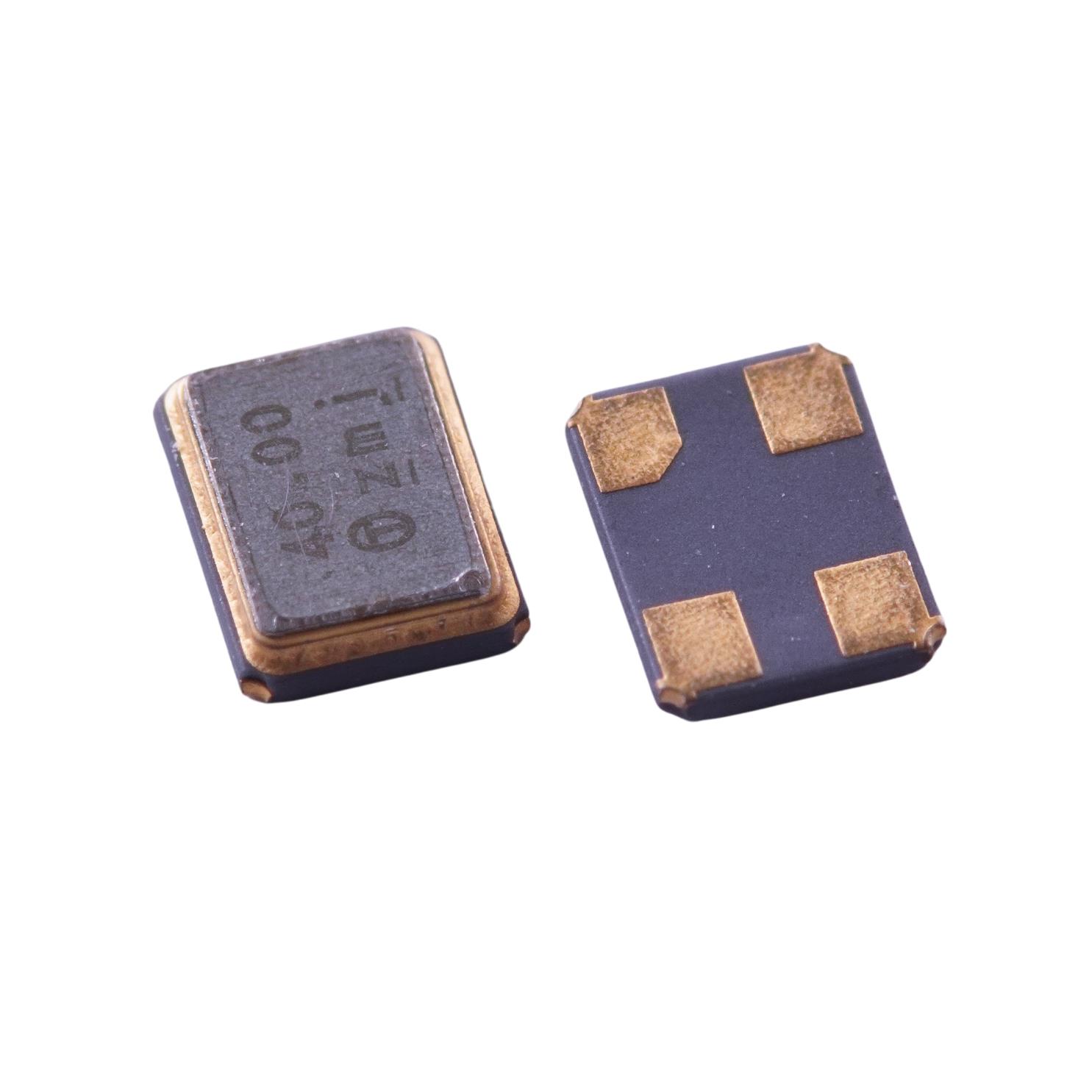Part number
TZ2993DAAI42
Product Categories
Crystals
Manufacturer
Tai-Saw Technology TST
Describe
48/8/11/2.0X1.6
Encapsulation
-
Package
Tape & Reel (TR)
ROHS status
Yes
Price
USD $0.8500
Quantity









